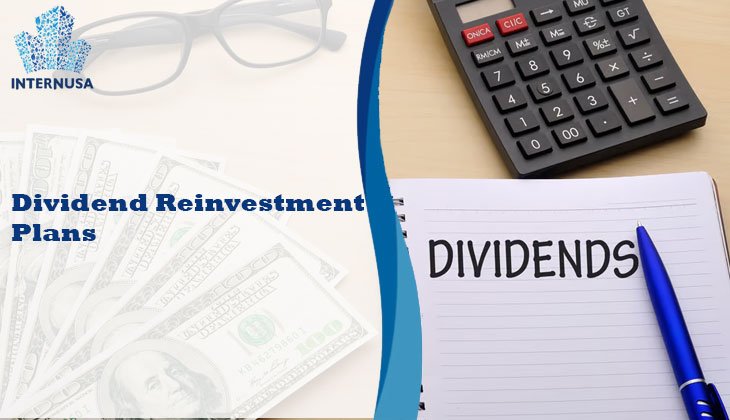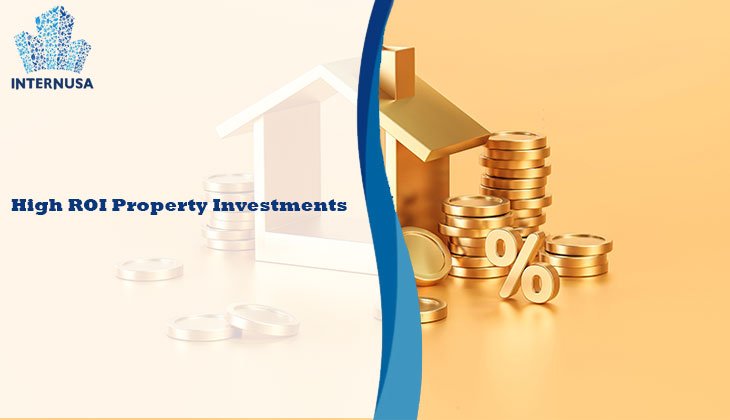International Property Exchange Rates Impact
In today’s interconnected world, real estate investors are looking beyond borders to diversify their portfolios. From luxury apartments in London to beachfront villas in Bali, the global property market offers vast opportunities. However, one crucial factor often overlooked is the impact of exchange rates.
Currency fluctuations can significantly alter the profitability of an international property investment. A seemingly minor change in exchange rates may affect purchasing power, rental returns, and resale value. Therefore, understanding the role of exchange rates is essential for making informed investment decisions.
How Exchange Rates Influence Property Investment
When investing internationally, the value of your local currency relative to the property’s currency determines how much real estate you can afford. If your home currency is strong, you can buy more property for less. Conversely, if it weakens, your purchasing power drops.
Here are the primary ways exchange rates impact international real estate:
1. Purchasing Power
Exchange rates directly influence how much property an investor can buy abroad. For example, a U.S. investor may find homes in Japan cheaper when the yen weakens against the dollar.
2. Rental Income
Rental income is usually paid in the local currency. A strong foreign currency means higher returns when converted back to your home currency. On the other hand, a weak local currency can reduce the actual value of your earnings.
3. Capital Gains and Exit Strategy
When selling international property, the final returns depend on the prevailing exchange rate. A profit in local currency might translate into a loss once converted, or vice versa.
4. Financing and Mortgage Costs
If you take a loan in a foreign currency, exchange rate changes can make repayments more expensive. This adds risk, especially for long-term commitments.
Real-World Examples
To better understand the practical implications, let’s look at a few real-world cases:
Example 1: British Investors in Spain
After Brexit, the pound sterling fell sharply. Many UK investors in Spain saw the value of their euro-denominated properties increase when converted back to pounds. However, new buyers found it more expensive to invest.
Example 2: Australians Buying in Bali
When the Australian dollar strengthened against the Indonesian rupiah, Australians could buy more luxurious villas for less. Their rental income in rupiah also yielded better returns when converted back.
Example 3: Americans Investing in Mexico
If the Mexican peso depreciates while the U.S. dollar stays strong, American investors enjoy both cheaper acquisition costs and higher relative income. But if the peso rebounds, resale value may fluctuate.
Key Factors Driving Exchange Rate Movements
To manage risk, investors must understand what causes currencies to rise or fall:
Interest Rates: Countries with higher interest rates often attract foreign capital, strengthening their currency.
Inflation: Lower inflation typically supports a stronger currency over time.
Political Stability: Investors avoid regions with political uncertainty, leading to weaker currencies.
Economic Growth: A growing economy often supports a stable or strengthening currency.
Trade Balance: Countries with trade surpluses tend to have stronger currencies due to high demand for their exports.
Risk Management Strategies for Investors
Although currency risk can’t be eliminated, there are ways to minimize its impact:
1. Currency Hedging
Hedging tools such as forward contracts or options can lock in exchange rates, protecting investors from volatility.
2. Diversification
Investing in properties across multiple countries can spread currency risk. If one currency falls, gains in another market might offset the loss.
3. Local Financing
Taking loans in the local currency aligns your cash flows, reducing exposure to exchange rate movements.
4. Timing the Market
Some investors choose to wait for favorable exchange rates before making large property purchases or repatriating rental income.
5. Focus on Long-Term Investment
Exchange rate fluctuations are often short-term. A long-term holding strategy can smooth out currency volatility and yield better overall returns.
Digital Tools and Data for Currency Monitoring
Modern investors are no longer flying blind. Several platforms help monitor exchange rates in real time:
XE and OANDA: Provide current exchange rates and forecasts.
Bloomberg Terminal: Offers comprehensive economic and currency analysis.
Currency apps integrated with real estate CRMs can help forecast rental income and costs based on live rates.
Additionally, AI tools are emerging that automatically adjust investment forecasts based on real-time currency trends, making portfolio management smarter and more efficient.
Tax and Legal Considerations
Exchange rate impacts also extend to tax liabilities. Some key points include:
Capital Gains Tax: May apply differently depending on gains in local vs. home currency.
Double Taxation Agreements (DTAs): Can help avoid being taxed twice on the same income.
Reporting Obligations: Exchange rates used for reporting must comply with local tax authority standards.
It’s important to consult a cross-border tax expert to navigate these complexities and stay compliant.
Impact of Exchange Rates on Global Real Estate Trends
Currency strength influences global property demand. For instance:
A strong U.S. dollar often drives American investors to emerging markets.
A weaker euro might attract Chinese investors to Europe.
A volatile yen could discourage Japanese investors from outbound ventures.
These trends shape global property flows and pricing cycles, creating opportunities for savvy investors who monitor forex markets closely.
Exchange rates are more than just numbers on a screen—they’re powerful forces that shape the landscape of international real estate. Whether you’re buying a second home, investing in rental properties abroad, or diversifying your portfolio, understanding currency risk is essential.
With the right strategies, tools, and knowledge, you can turn currency fluctuations into competitive advantages rather than threats. After all, smart investors don’t just watch the property market—they watch the currency market too.







